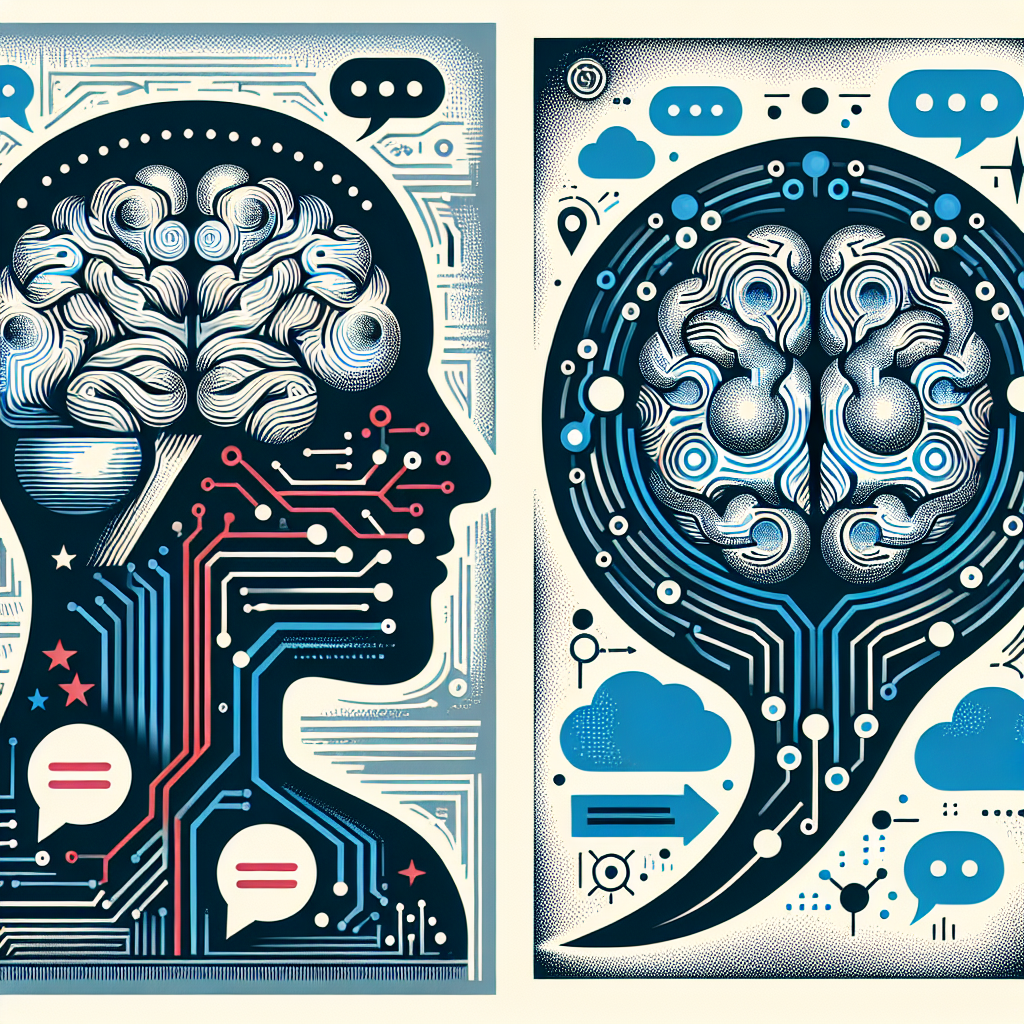The Role of Emotional Intelligence in Conversational AI: Enhancing User Experience
In recent years, conversational AI technology has become increasingly prevalent in our daily lives. From virtual assistants like Siri and Alexa to customer service chatbots, these AI-powered systems are revolutionizing the way we interact with technology. However, one key aspect that is often overlooked in the development of conversational AI is emotional intelligence.
Emotional intelligence, as defined by psychologist Daniel Goleman, is the ability to recognize, understand, and manage our own emotions as well as recognize, understand, and influence the emotions of others. In the context of conversational AI, emotional intelligence plays a crucial role in enhancing the user experience by making interactions more personalized, engaging, and empathetic.
One of the key benefits of incorporating emotional intelligence into conversational AI is the ability to understand and respond to the user’s emotions in real-time. By analyzing the tone, mood, and context of the conversation, AI systems can tailor their responses to better meet the user’s needs. For example, if a user expresses frustration or confusion, the AI can adjust its tone and language to provide more helpful and empathetic responses.
Furthermore, emotional intelligence can also help AI systems build stronger relationships with users. By showing empathy, understanding, and emotional support, conversational AI can create a sense of trust and connection with users, leading to a more positive and enjoyable interaction. This can be particularly beneficial in customer service applications, where building rapport and addressing emotional needs can significantly improve customer satisfaction and loyalty.
Another important aspect of emotional intelligence in conversational AI is the ability to recognize and respond to non-verbal cues, such as tone of voice, facial expressions, and body language. By analyzing these cues, AI systems can better understand the user’s emotions and adjust their responses accordingly. For example, if a user’s voice becomes more agitated or anxious, the AI can provide calming and reassuring responses to de-escalate the situation.
Additionally, emotional intelligence can also help AI systems detect and prevent potential misunderstandings or conflicts in conversations. By recognizing subtle cues of frustration, confusion, or disagreement, AI systems can proactively address these issues and guide the conversation towards a more positive and productive outcome. This can be particularly useful in situations where miscommunication or misinterpretation can lead to negative user experiences.
Overall, the integration of emotional intelligence in conversational AI has the potential to significantly enhance the user experience by making interactions more personalized, engaging, and empathetic. By understanding and responding to the user’s emotions, building rapport and trust, and recognizing non-verbal cues, AI systems can create more meaningful and satisfying interactions with users.
FAQs:
Q: How does emotional intelligence benefit conversational AI?
A: Emotional intelligence helps conversational AI systems understand and respond to the user’s emotions in real-time, build stronger relationships with users, recognize and respond to non-verbal cues, and prevent potential misunderstandings or conflicts in conversations.
Q: What are some examples of emotional intelligence in conversational AI?
A: Examples include adjusting responses based on the user’s tone and mood, showing empathy and understanding, recognizing and responding to non-verbal cues, and proactively addressing potential misunderstandings or conflicts.
Q: How can emotional intelligence improve customer service interactions?
A: By showing empathy, understanding, and emotional support, conversational AI can build rapport and trust with customers, leading to higher satisfaction and loyalty. Additionally, emotional intelligence can help de-escalate tense situations and prevent misunderstandings or conflicts.
Q: What are some challenges in incorporating emotional intelligence into conversational AI?
A: Challenges include accurately interpreting and responding to the user’s emotions, avoiding biases and stereotypes in emotional analysis, and ensuring ethical use of emotional data. Additionally, training AI systems to recognize and respond to non-verbal cues can be complex and require sophisticated algorithms.
Q: How can businesses leverage emotional intelligence in conversational AI?
A: Businesses can leverage emotional intelligence in conversational AI by focusing on user-centered design, training AI systems to recognize and respond to emotions, monitoring user feedback, and continuously improving the system based on user interactions. Additionally, businesses can collaborate with psychologists, linguists, and other experts to enhance emotional intelligence in AI systems.

